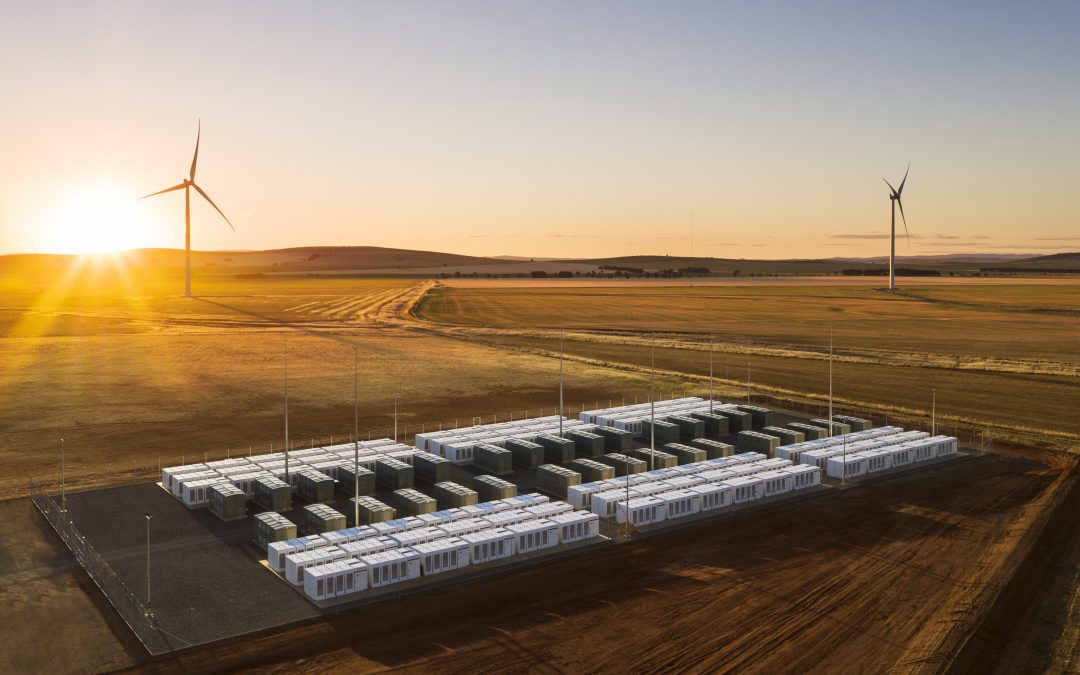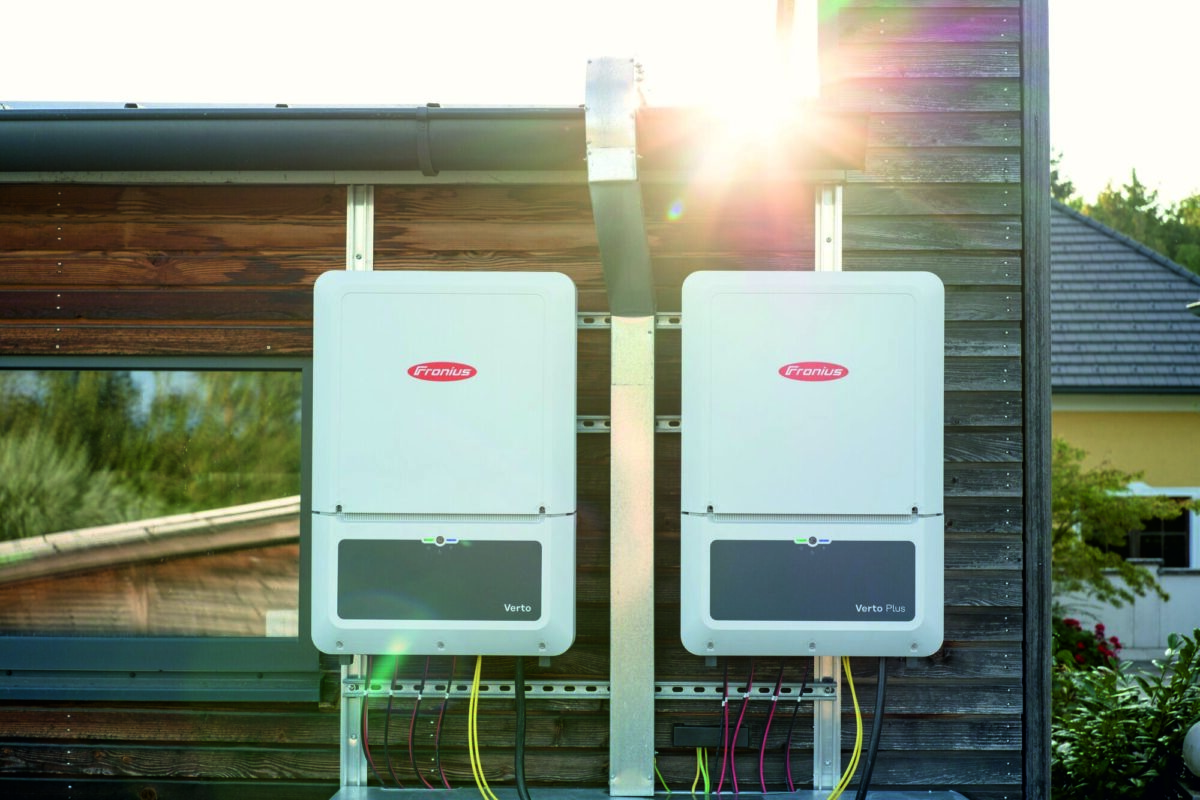The expansion of the world’s largest operating battery has been approved by the South Australian regulator, paving the way for testing to begin soon.
The upgraded Hornsdale Power Reserve, also known as the Tesla big battery, is ready to assume the role of a major grid asset and make history as the first battery in the National Electricity Market (NEM) to provide both grid-scale inertia services and frequency control ancillary services (FCAS).
The Essential Services Commission Commission of South Australia said last week that it will allow the Hornsdale Power Reserve to vary its electricity generation license in line with its increased size. The capacity of the 100MW/129MWh battery storage system is being expanded by 50%, through the addition of 50MW/64.5 MWh of Tesla battery capacity.
Project owner Neoen said it expects to complete the $71 million battery expansion before mid-year. It has already secured an AU$8 million (US$5.5 million) Australian Renewable Energy Agency (ARENA) grant, AU$15 million in state funding, and AU$50 million in project financing from Clean Energy Finance Corp. (CEFC),
The 100MW/129MWh Tesla big battery, located in Jamestown, South Australia, is situated next to the 315 MW Hornsdale Wind Farm. The battery has already shown its immense value for the grid in a number of ways, largely through grid stabilization services and savings. In its first year of operation alone, it has reduced grid stabilization costs by some AU$40 million, according to Aurecon.
The Tesla big battery is now set to become an even more valuable asset to the NEM through the addition of digital inertia services. The expanded 150 MW system will be upgraded with Tesla’s Virtual Machine Mode, which allows advanced power inverters, or so-called grid-forming inverters, to emulate the existing inertia services being supplied by a fleet of fossil fuel power plants. It will test and demonstrate the capability of battery control systems to provide digital inertia, instead of the mechanical inertia traditionally provided by synchronous generators, while reducing the curtailment of solar PV and wind generation in South Australia.
This content is protected by copyright and may not be reused. If you want to cooperate with us and would like to reuse some of our content, please contact: editors@pv-magazine.com.




1 comment
By submitting this form you agree to pv magazine using your data for the purposes of publishing your comment.
Your personal data will only be disclosed or otherwise transmitted to third parties for the purposes of spam filtering or if this is necessary for technical maintenance of the website. Any other transfer to third parties will not take place unless this is justified on the basis of applicable data protection regulations or if pv magazine is legally obliged to do so.
You may revoke this consent at any time with effect for the future, in which case your personal data will be deleted immediately. Otherwise, your data will be deleted if pv magazine has processed your request or the purpose of data storage is fulfilled.
Further information on data privacy can be found in our Data Protection Policy.